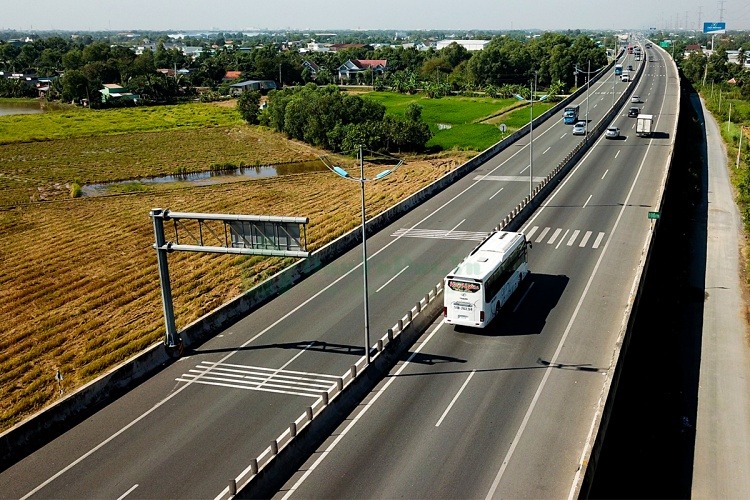 |
| The total cost of constructing elevated highways in the Mekong Delta is only about 2% higher than the embankment-based option. Photo: Provided. |
The Institute of Construction Economics has submitted a research report to the Ministry of Construction on investment options for elevated bridges for expressways in the Mekong Delta region.
According to the report, highway construction in the Mekong Delta is facing difficulties in supplying embankment materials. Between 2021 and 2025, the Mekong Delta and Southeast regions will be constructing nine nationally important projects, requiring approximately 63 million cubic meters of sand for road embankment.
However, sand resources, primarily extracted from the Tien and Hau rivers, are becoming increasingly scarce, making sand supply difficult. Large-scale sand mining also causes riverbank subsidence and environmental pollution.
Therefore, the Institute of Construction Economics proposes a plan to combine sand embankment roadbeds with viaducts on some sections of expressways in the Mekong Delta region to address the issue of exploiting and supplying embankment materials.
Currently, the proportion of elevated bridges on expressways is low, with only about 70km of elevated bridges out of a total of more than 2,000km of expressways under construction.
The Institute of Construction Economics compared investment costs between constructing earth-based roads and elevated bridges, based on investment rates published by the Ministry of Construction. The results showed that the construction of elevated bridges costs approximately 383.89 billion VND/km, 2.6 times higher than earth-based highways at approximately 188.72 billion VND/km.
However, this cost estimate does not include expenses such as compensation, resettlement, interest on loans during construction, treatment of weak soil, and other costs.
Comparing and evaluating the effectiveness of viaducts and embankment roads requires considering both the initial investment costs and the maintenance and upkeep costs throughout the project's design lifespan for a more comprehensive view.
According to calculations of initial investment costs and maintenance costs over the project's lifespan (design lifespan of 100 years), the cost of constructing embankment roads is 450.232 billion VND/km, while the cost of constructing elevated bridges is 459.289 billion VND/km.
The total project lifecycle cost for elevated bridges is 2.01% higher than that of sand-embankment highways.
The Institute of Construction Economics also pointed out that constructing highways with sand embankment faces many disadvantages, such as the need for large-scale land clearance, a shortage of sand supply, difficulty in controlling sand prices, and the risk of subsidence and landslides during excavation.
Regarding reinforced concrete viaducts, this option has advantages such as better construction progress control, reduced dependence on land acquisition and sand scarcity, saving land and land acquisition costs, while ensuring flood drainage, reducing flooding and saltwater intrusion, and protecting the environment.
Based on initial analysis, the Institute of Construction Economics concluded that the cost of constructing reinforced concrete viaducts for highways would be only slightly higher than that of traditional embankment roads.
However, when choosing an option, investors need to consider not only the initial investment cost but also the cost over the entire project lifecycle and other factors as analyzed.
( According to thesaigontimes.vn )
Source: https://baoapbac.vn/kinh-te/202505/can-460-ti-dong-de-lam-1km-cau-can-cao-toc-tai-dbscl-1042026/



![[Image] The tenacious fighting spirit of Vietnamese women's football](/_next/image?url=https%3A%2F%2Fvphoto.vietnam.vn%2Fthumb%2F1200x675%2Fvietnam%2Fresource%2FIMAGE%2F2025%2F12%2F17%2F1765990260956_ndo_br_4224760955870434771-copy-jpg.webp&w=3840&q=75)
![[Photo] Prime Minister Pham Minh Chinh receives Lao Minister of Education and Sports Thongsalith Mangnormek](/_next/image?url=https%3A%2F%2Fvphoto.vietnam.vn%2Fthumb%2F1200x675%2Fvietnam%2Fresource%2FIMAGE%2F2025%2F12%2F16%2F1765876834721_dsc-7519-jpg.webp&w=3840&q=75)
![[Photo] Prime Minister Pham Minh Chinh receives the Governor of Tochigi Province (Japan)](/_next/image?url=https%3A%2F%2Fvphoto.vietnam.vn%2Fthumb%2F1200x675%2Fvietnam%2Fresource%2FIMAGE%2F2025%2F12%2F16%2F1765892133176_dsc-8082-6425-jpg.webp&w=3840&q=75)
![[Live] 2025 Community Action Awards Gala](/_next/image?url=https%3A%2F%2Fvphoto.vietnam.vn%2Fthumb%2F1200x675%2Fvietnam%2Fresource%2FIMAGE%2F2025%2F12%2F16%2F1765899631650_ndo_tr_z7334013144784-9f9fe10a6d63584c85aff40f2957c250-jpg.webp&w=3840&q=75)
![[Image] Leaked images ahead of the 2025 Community Action Awards gala.](/_next/image?url=https%3A%2F%2Fvphoto.vietnam.vn%2Fthumb%2F1200x675%2Fvietnam%2Fresource%2FIMAGE%2F2025%2F12%2F16%2F1765882828720_ndo_br_thiet-ke-chua-co-ten-45-png.webp&w=3840&q=75)




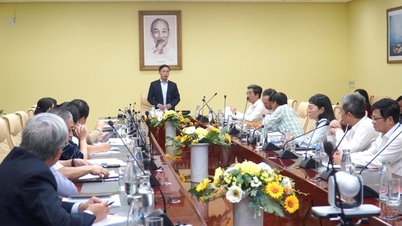

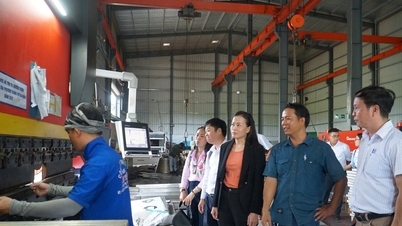











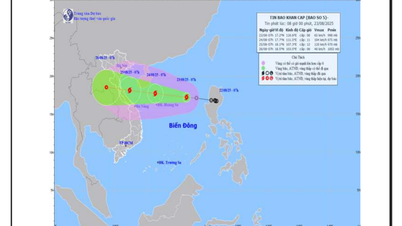

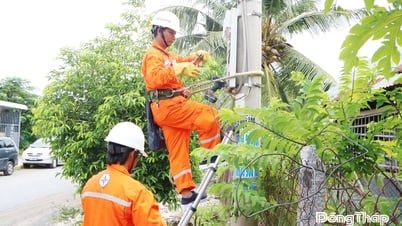








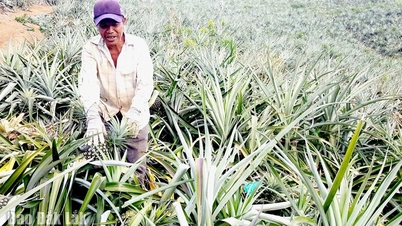





































![[Live] Closing Ceremony and Award Presentation for the "Impressive Vietnam Tourism" Video/Clip Creation Contest 2025](https://vphoto.vietnam.vn/thumb/402x226/vietnam/resource/IMAGE/2025/12/17/1765974650260_z7273498850699-00d2fd6b0972cb39494cfa2559bf85ac-1765959338756946072104-627-0-1338-1138-crop-1765959347256801551121.jpeg)























Comment (0)